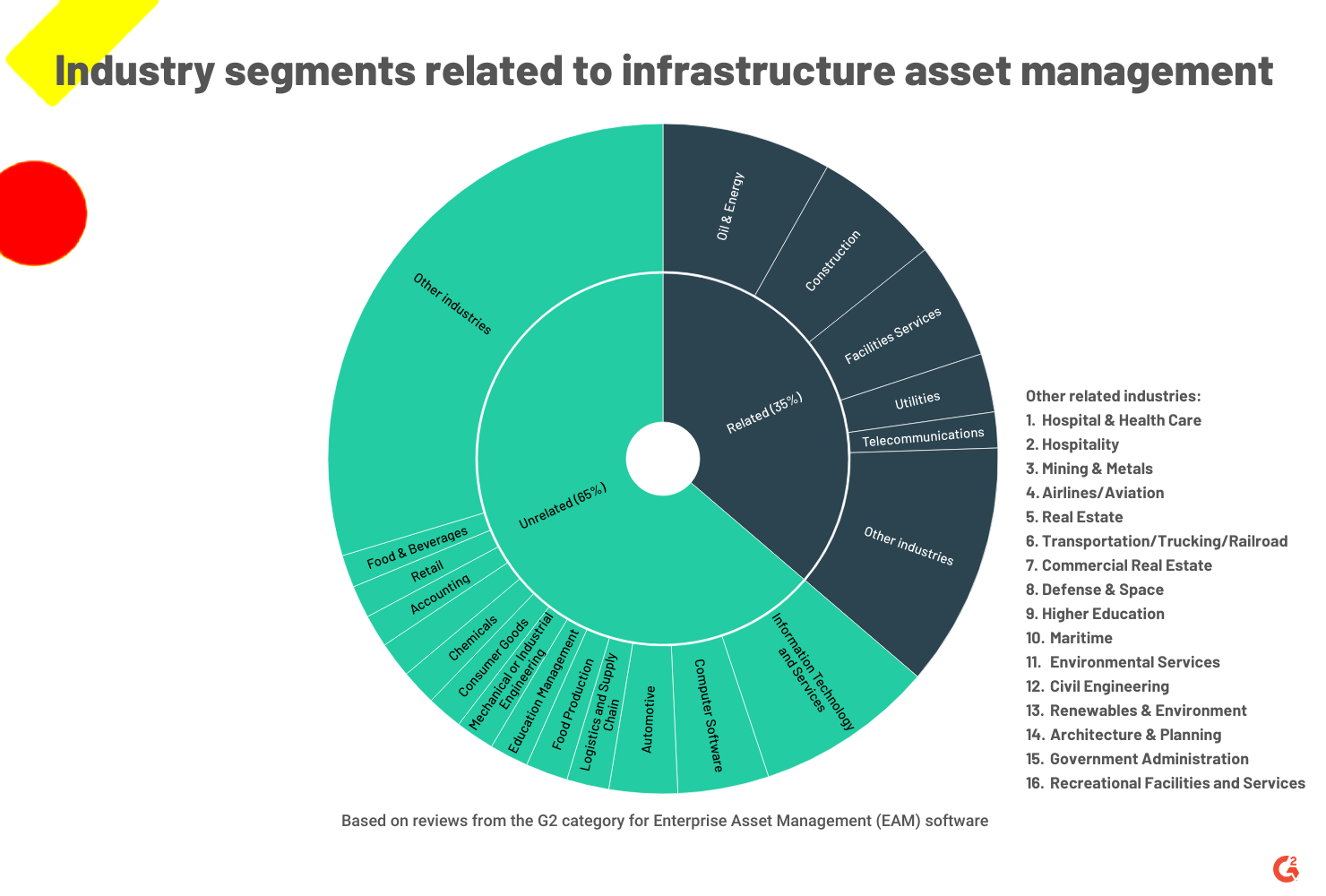Asset management generally refers to industrial assets such as heavy equipment, machinery, or forklifts used in manufacturing, mining, or construction. Typically, fixed assets are operated by private companies, and infrastructure assets such as bridges and roads are used by everyone.
While infrastructure asset management is usually not in the spotlight, recent events show why it is critical to the safety and wellbeing of us all. A few examples are the recent derailment of a train carrying toxic chemicals in Ohio or the damage caused by an ice storm in Montreal which left a million people without power for days.
Complex operations require advanced infrastructure asset management features
Infrastructure asset management is the management of the physical assets of an organization's infrastructure, such as roads, bridges, buildings, and utilities.
What is infrastructure asset management software?
Infrastructure asset management software aims to ensure such infrastructure assets are operated and maintained in a sustainable and cost-effective manner. These solutions can help meet the needs of the organization and the community it serves.
Infrastructure assets require specific functionality that isn't always provided by industrial asset management solutions, such as:
- Linear asset management for roads, railroads, pipelines, and power lines that allows companies to monitor infrastructure across hundreds of miles of linear infrastructure.
- Geolocation and intelligent maps that provide real-time information on assets and their components across multiple geographic locations and sites or facilities.
Some of these features may be included in enterprise asset management (EAM) software through customization or integration with partner solutions. However, while companies that manage infrastructure can use EAM, choosing infrastructure asset management software is preferable when their needs are complex.
In fact, more than 30% of the reviewers in G2's EAM category are from industries that require advanced infrastructure management features (highlighted in dark gray below).

Before transitioning to infrastructure management software, companies need to understand the advantages of this type of software.
¿Quieres aprender más sobre Software de Gestión de Activos Empresariales (EAM)? Explora los productos de Gestión de Activos Empresariales (EAM).
Why infrastructure asset management software matters
The main reasons why companies may choose infrastructure management software over alternatives like EAM are:
- Reliability: Infrastructure asset management solutions help organizations ensure reliability by monitoring and addressing potential hazards, conducting regular inspections, and implementing maintenance and repairs. In the case of the Montreal ice storm mentioned above, the ice accumulated on tree branches that fell on power lines. Trimming the trees close to power lines could have prevented this situation.
- Sustainability: Infrastructure asset management allows organizations to build resilience and sustainability into their infrastructure by considering long-term objectives, environmental impacts, and the use of renewable resources. Regarding the train derailment mentioned above, the Ohio Department of Natural Resources estimated that the chemical spill affected about seven and a half miles of stream and killed an estimated 3,500 fish. While software cannot always prevent this from happening, it does provide emergency response features that can be used to quickly contain chemical spills, thus reducing their negative impact on the environment.
- Regulatory compliance: This software ensures that companies comply with regulatory requirements related to infrastructure asset management, such as reporting on asset condition, performance, and risks such as safety and environmental protection violations. As extreme weather events like flooding and cyclones are likely to become more frequent, companies must comply with regulations to keep people safe.
Infrastructure asset management software can help with all the challenges mentioned above, thus helping companies and the public sector reduce their negative impact on the people.
How buyers can use the new infrastructure asset management software category
Since the category is new, it still needs more reviews to compare products. Therefore, I recommend that buyers also look at our other categories for Asset Management to find complementary functionality.
For instance, the Facility Management category provides functionality that may help with infrastructure asset management. Some products, such as Brightly Asset Essentials and Oracle Primavera, are listed in both categories, which means they can be used to manage facilities and infrastructure assets. This could be useful for a construction company that maintains roads, bridges, and warehouses where construction materials are stored.
Edited by Jigmee Bhutia

Gabriel Gheorghiu
Gabriel’s background includes more than 15 years of experience in all aspects of business software selection and implementation. His research work has involved detailed functional analyses of software vendors from various areas such as ERP, CRM, and HCM. Gheorghiu holds a Bachelor of Arts in business administration from the Academy of Economic Studies in Bucharest (Romania), and a master's degree in territorial project management from Université Paris XII Val de Marne (France).
